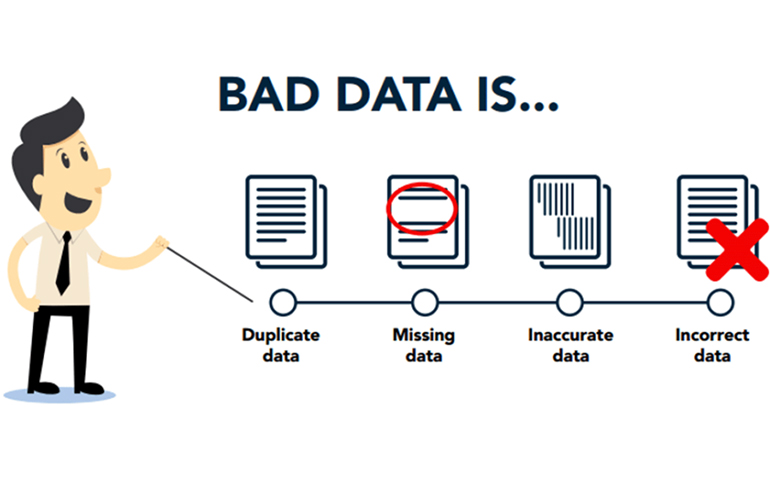
Tax Report Contains Fabricated Numbers
Tax Report Contains Fabricated Numbers
As Mississippi Legislators work toward eliminating the personal income tax, they are looking for ways to recoup the resulting reduced revenue. One possible source is the elimination of various tax deductions, exemptions, and credits.
But a Bigger Pie Forum (BPF) analysis has found that the Department of Revenue’s official estimates of these deductions, exemptions, and credits are largely fabricated and should not be relied upon by the state Legislature.
Over the past 10 years, and perhaps longer, DOR has simply plugged in an arbitrary inflation adjustment, 2.5 percent in most cases, to arrive at its annual estimate of the cost to the state budget of most sales tax exemptions.
As a result, these amounts have no current basis in reality. It’s questionable whether they ever did.
Of the 46 sales tax exemptions for which DOR published an estimate this year, 37 of them, or 80 percent, were derived by applying the arbitrary inflation adjustment. Over the past 10 years, 74 percent of its estimates have been derived the same way, rather than making an attempt at determining an actual cost.
It appears that an occasional attempt is made at producing an accurate number. For example, the amount of sales tax that would have been collected on medicine if it were taxed was estimated to be around $30 million annually through fiscal year 2015. In 2016, the estimate was more than five times that amount at $162 million. In the years since, DOR has applied the arbitrary inflation adjustment – exactly 2.5 percent in some years and 2.0 percent in others.
These estimates are part of the annual “Tax Expenditures Report” produced by the State Economist’s Office, using data and estimates provided by DOR. “Tax expenditures” refer to the amount of revenue the state would receive if these and other tax exemptions, deductions, and credits did not exist. This is based on the theory, which is debatable, that not collecting a tax has the same effect as appropriating money from the state treasury.
The report does acknowledge that there are some estimates that should not be relied on, because “no established database exists for determining these values.” It is not clear why DOR offers baseless estimates for some exemptions but labels others as “Not Available” because of the lack of data.
Some estimates are identified as “Insignificant” (though one that had been marked as insignificant for years), suddenly had a $5 million price tag – which has since been set on the automatic 2.5 percent inflation track.
The estimates of income tax exemptions, deductions, and credits are perhaps more reliable than those for sales tax, though that is not certain. Those estimates are not arbitrarily adjusted the way sales tax estimates are. But there are wild swings of estimates from year to year that raise questions about their accuracy.
For instance, the estimated annual “cost” of the deduction for charitable contributions had been in the $70 million range until a five-fold spurt to $350 million in 2015, then settling back the next year to $83 million.
Considering the impact of tax deductions, exemptions, and credits is a legitimate function of the Legislature, and it is quite possible that some of these should be repealed in order to “pay” for a portion of the elimination of the state income tax.
But in order to do that responsibly, the Legislature must have reasonably accurate information. The Tax Expenditure Report is not a reliable source, and the Department of Revenue should not present it as such.
Sign up for BPF’s latest news here.
